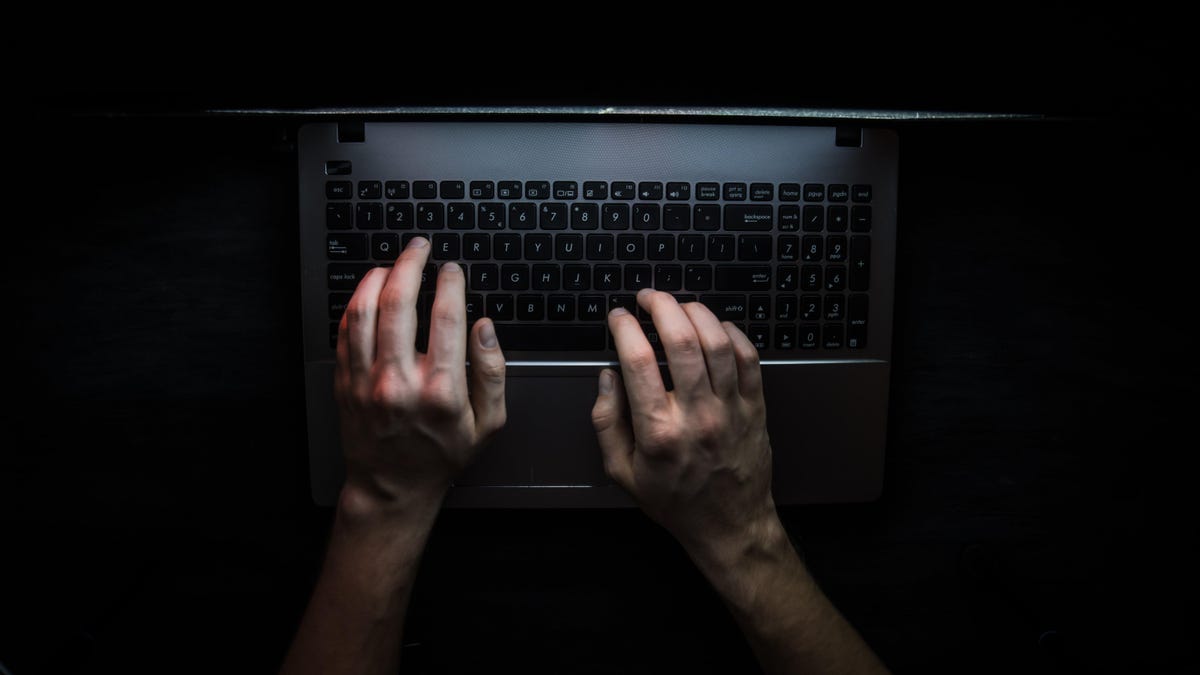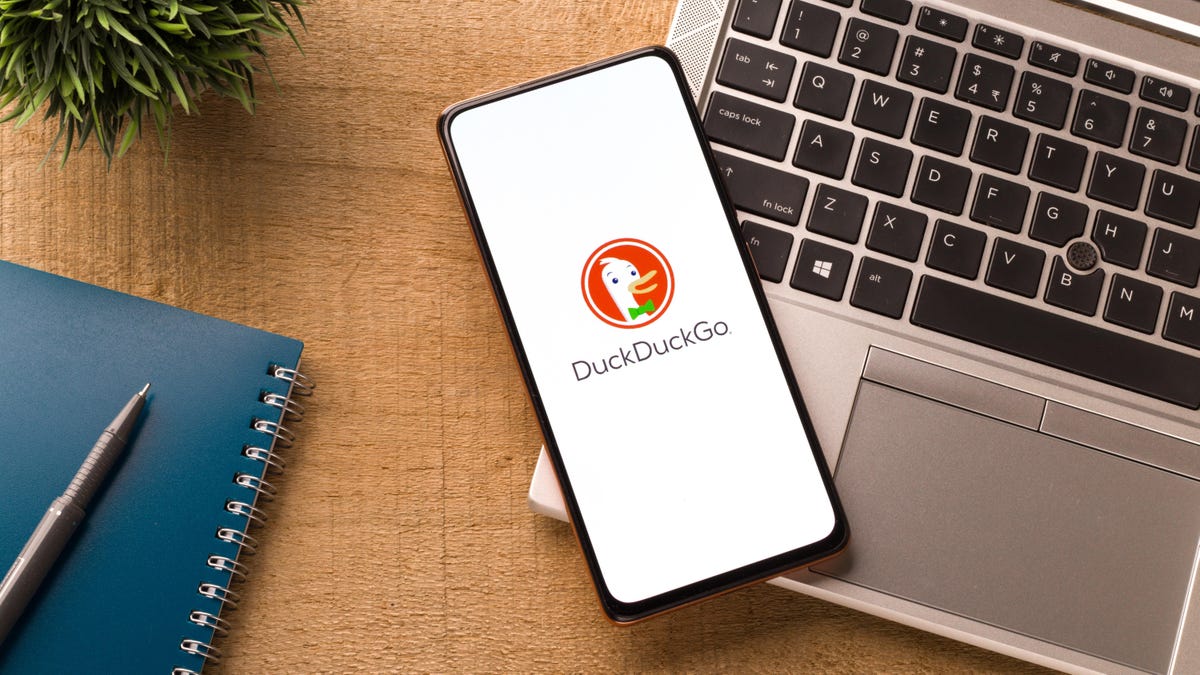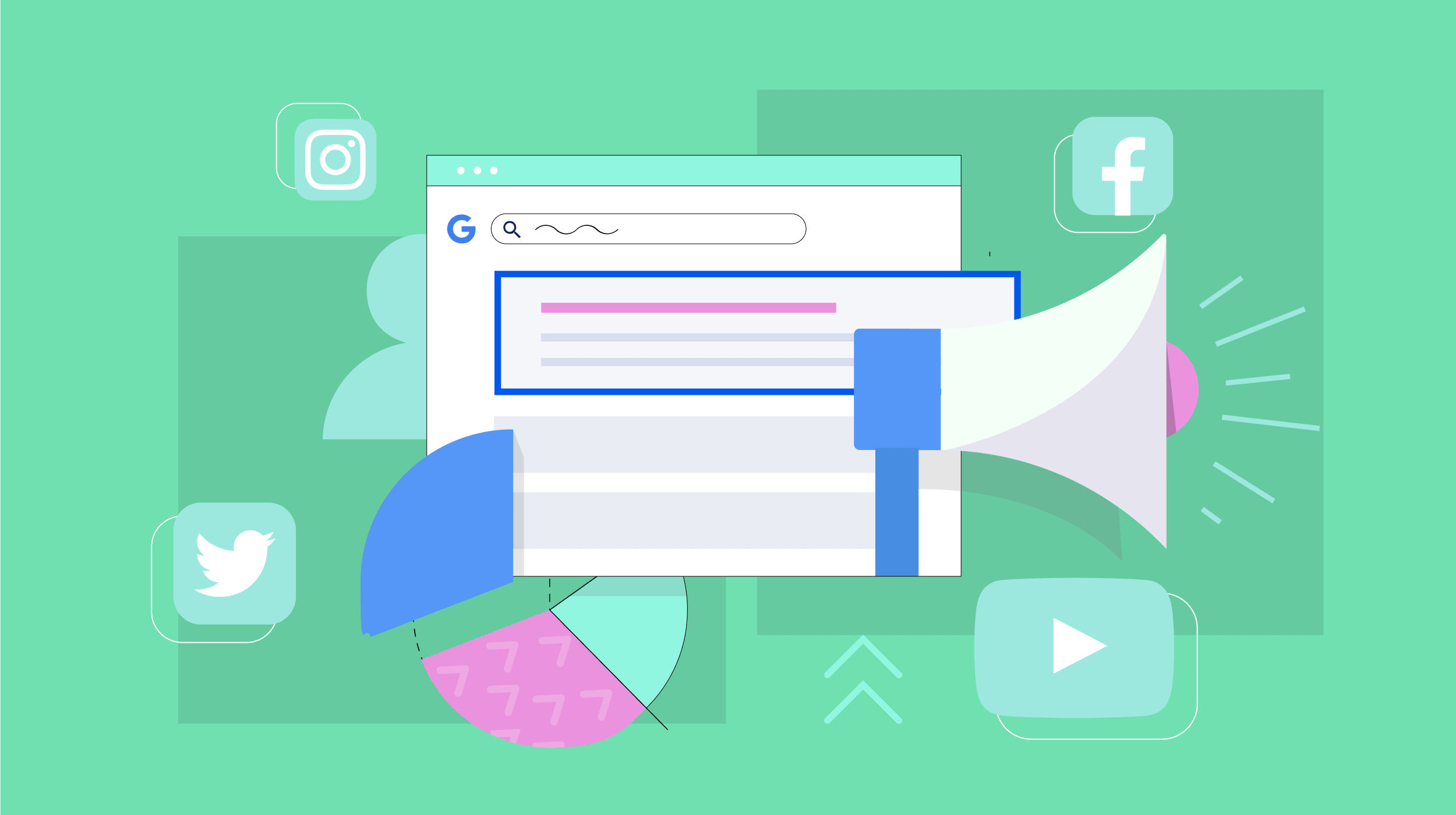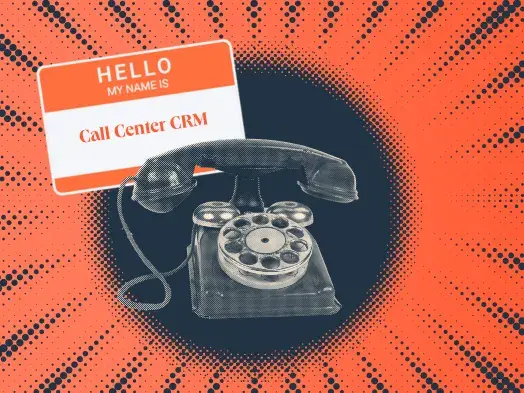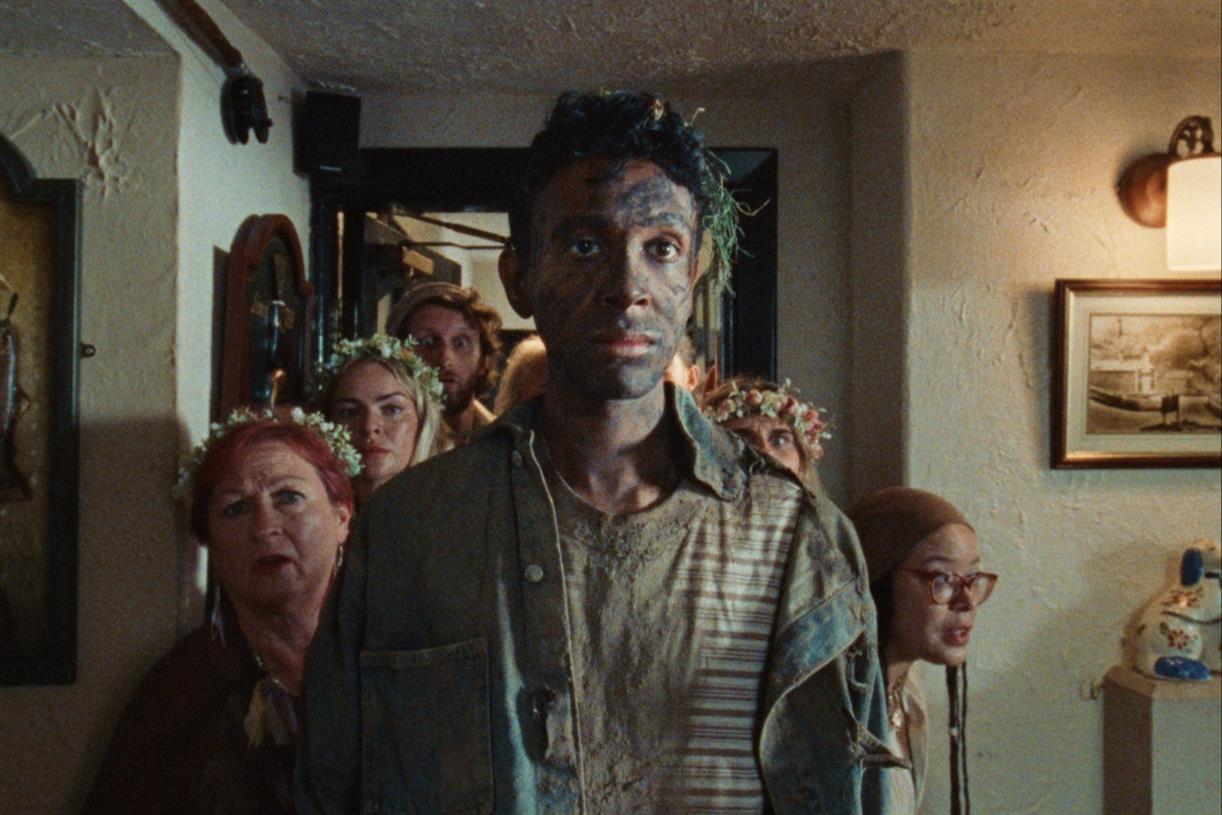6 First Aid Techniques You Can Use on Yourself in an Emergency
One of my biggest takeaways from taking first aid and CPR classes is that if you’re going to have a medical emergency, do it with a friend. You can’t perform CPR on yourself, after all. But there are plenty...
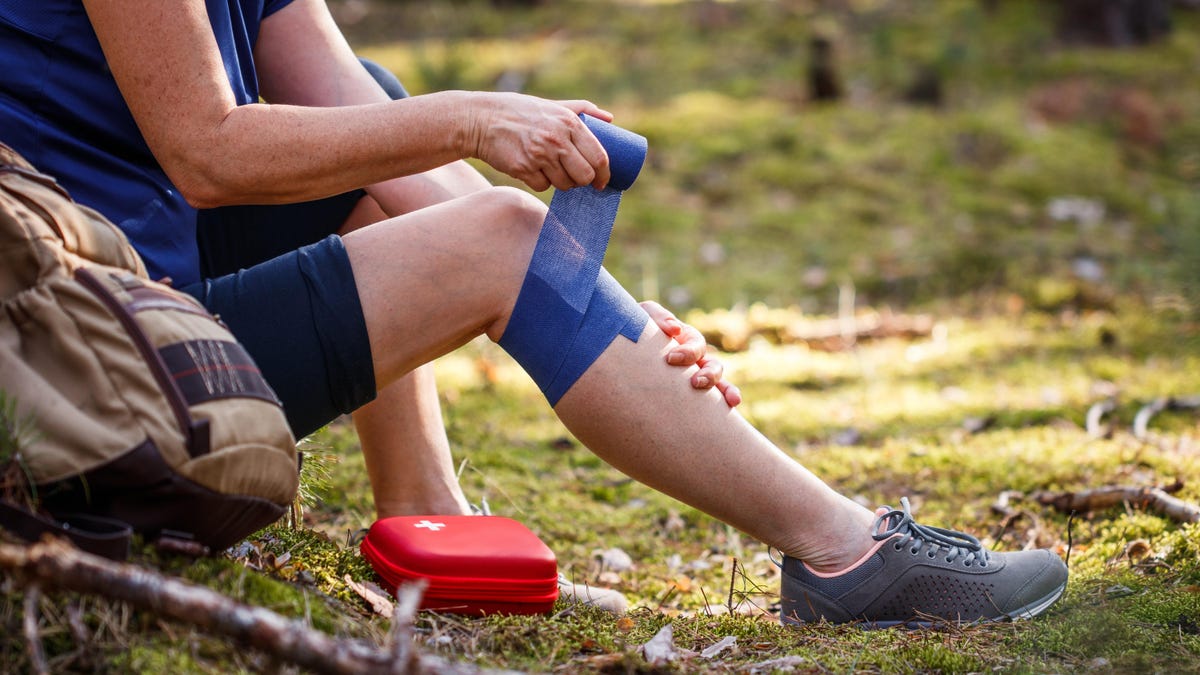

Photo: encierro (Shutterstock)
One of my biggest takeaways from taking first aid and CPR classes is that if you’re going to have a medical emergency, do it with a friend. You can’t perform CPR on yourself, after all. But there are plenty of ways you can attempt to handle an emergency if you’re still conscious, so we’ll go through a few of them here.
One common factor, before we get started: If you’re alone and in medical trouble, call 911. The dispatcher can guide you through what to do next, while sending help your way.
2 / 8
How to do the Heimlich maneuver on yourself
How to do the Heimlich maneuver on yourself
If a friend is choking, you can perform the Heimlich maneuver on them, thrusting your clasped hands up under their ribcage. But if you’re choking and you’re alone, try to apply that kind of forceful, repeated pressure any way you can. Shoving your belly into a fixed object can work: A chair is the classic option, but you could also use a table, countertop, couch, or whatever is available.
If you can’t get the object out immediately, call 911 and unlock your front door. Yes, even if you can’t speak: If you know your area has text 911, you can text them; otherwise, place a call anyway.
3 / 8
How to treat a knife wound by yourself
How to treat a knife wound by yourself
If you cut yourself badly, for example with a knife, your first priority is stopping the bleeding. If there is a large object embedded in the wound, don’t take it out yourself. Apply pressure with a sterile bandage if you have one, or the cleanest available material if not (such as a piece of clothing). Elevating the wound may help. Call 911 if you can’t control the bleeding.
For minor injuries that aren’t bleeding too much, clean the wound and apply a bandage. Always seek medical care as soon as possible for deep cuts or puncture wounds to the head or torso, spurting blood, numbness, or if you can see muscle or bone.
If you begin to feel faint or nauseous, you may be going into shock. Lie down, elevate your legs, and call for help if you haven’t already.
4 / 8
What to do if you’re having a heart attack and you’re alone
What to do if you’re having a heart attack and you’re alone
If you have symptoms of a heart attack when you’re alone, the first step is to call 911. These symptoms can include pressure in the chest, pain in the chest, neck, or jaw, shortness of breath, and fainting or nausea. Usually the pressure or pain in the chest will last for several minutes, or it may come and go repeatedly.
The person who answers your 911 call will probably instruct you to chew an aspirin (unless you are allergic to aspirin). Aspirin can help to slow down the formation of clots in a heart attack, but it’s not recommended for some types of stroke, so if you aren’t sure exactly what’s going on, don’t take the pill unless directed. If you have a nitroglycerin prescription, you should take it as prescribed.
5 / 8
What to do if you go into labor by yourself
What to do if you go into labor by yourself
While plenty of babies are born healthy every year in cars and other emergency situations, there is a small chance of any birth requiring medical intervention. That’s why it’s important to call 911 as soon as you know (or suspect) you won’t be able to get to the hospital in time. If your contractions are two minutes apart or less, it’s time to call. Second priority in this situation would be calling your regular doctor or midwife.
As with other emergencies, follow instructions from the dispatcher or doctor on the phone. Be prepared with towels, if possible, so that you can dry off the baby. (Babies are slippery!) Keep the baby warm by putting them against your skin, with clothing or towels on top. If the baby doesn’t start breathing right away, rub or pat their back and feet, and call 911 back if you aren’t still on the line.
Finally, cutting the umbilical cord is not urgent. If you aren’t sure how to do it, it’s OK to wait until 911 arrives.
6 / 8
How to handle heat stroke if you’re by yourself
How to handle heat stroke if you’re by yourself
If you’re out in the heat this summer and begin to feel thirsty, dizzy, or nauseous, that’s a sign that you may be developing heat illness. Heat exhaustion is the milder form, but once you exceed your body’s ability to cool itself down, you’re at risk for heat stroke, which is a medical emergency.
The first step is to recognize those early symptoms, which can include dizziness or feeling faint, nausea, cramps, and headache. Do whatever you can to cool down: Get into the shade or, better yet, the air conditioning. You can pour water onto yourself, and have a cold drink. If you still feel awful, or if you get so hot that you stop sweating, call 911.
7 / 8
How to handle hypothermia and frostbite if you’re by yourself
How to handle hypothermia and frostbite if you’re by yourself
Cold weather brings its own dangers, as well. Often other people will notice the signs before you do, so if you’re alone, it’s important to pay attention. In the case of frostbite, you may notice visual changes to your skin (it may become pale, then waxy, then dark) even if you’re too numb to feel pain. Warm the area gently, and get to an emergency room quickly. If you’re alone and unable to drive, that probably means calling 911.
Hypothermia is even more of a medical emergency than frostbite, since it affects your whole body and can be life threatening. The symptoms can include confusion, trouble walking, and slurred speech, so call for help as soon as you notice something may be wrong. If you wait to see if it gets worse, you may not be coherent enough to find help and communicate. Get to a warm place, remove any wet clothing, and call 911.

 BigThink
BigThink 











